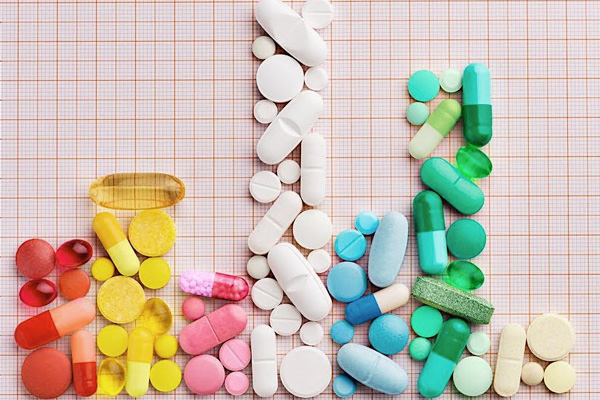THEY DO MAKE MONEY –
June 20, 2022 – His examples are psychiatry’s two mainstays of treatment, antidepressants and antipsychotics. For instance, he notes that antidepressant treatment increases suicide attempts, at least in some populations—and doesn’t decrease them in any:
“It is well-known that standard antidepressants do not reduce overall suicide rates in so-called major depressive disorder (MDD), and in fact increase suicidal ideation and attempts in younger adults and children, based on randomized data,” he writes.
Likewise, he notes that antipsychotics don’t improve the course of illness and instead have neurotoxic effects that reduce brain volume:
“In most studies of antipsychotics […] the course of illness remains chronic and deteriorating. It is not reversed with long-term antipsychotic treatment. Pathophysiologically, antipsychotics, both older and newer, have a neurotoxic effect in reduction of brain volume with long-term treatment.”
Ghaemi writes that the main difference between psychiatry and the rest of medicine is that psychiatry’s drugs are symptomatic—treating only the symptoms in the short term—while the rest of medicine involves disease-modifying drugs, which improve the course of the illness and reduce outcomes like hospitalization and death.
“Most psychiatric medications are purely symptomatic, with no known or proven effect on the underlying disease. They are like 50 variations of aspirin, used for fever or headache, rather than drugs that treat the causes of fever or headache,” Ghaemi writes.



